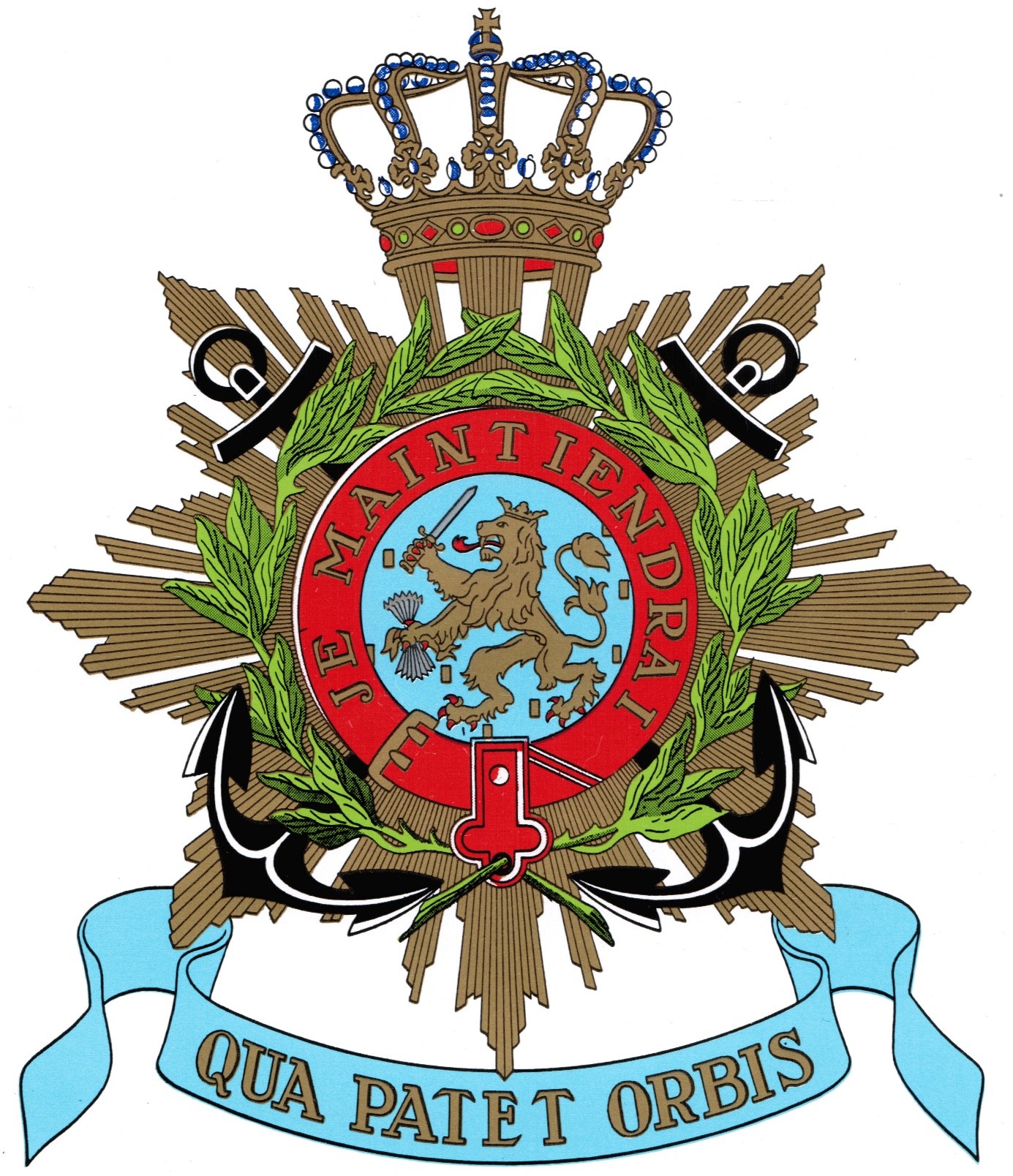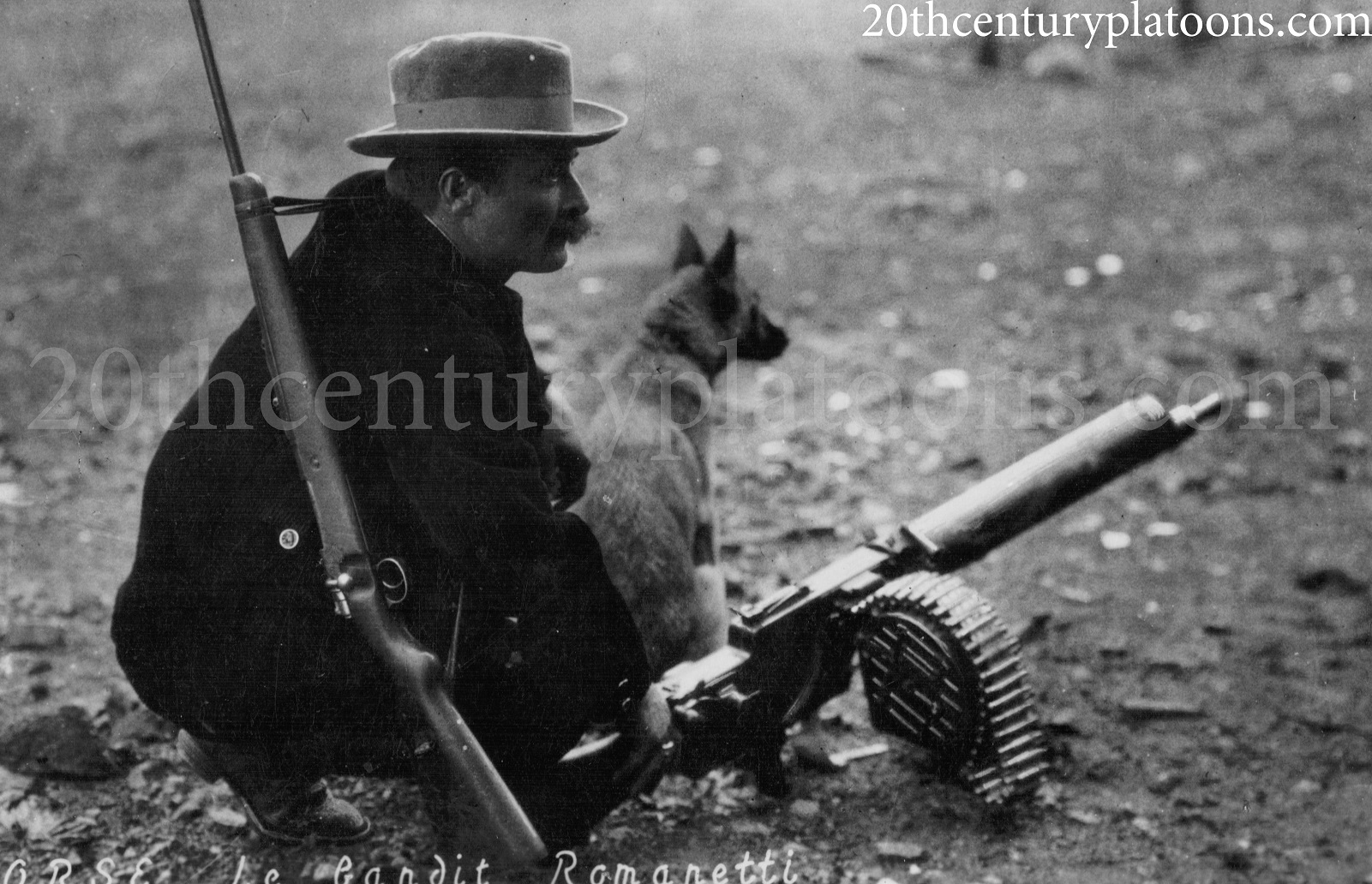
×
![]()
Introduction
Following the end of the Cold War, the Dutch Marine Corps reoriented itself from its role on NATO’s Northern flank
(as described in the 1978 post) to a more expeditionary role in both a humanitarian and peacekeeping context.
This included the 1991 Operation “Safe Haven” (also known as Provide Comfort) in Northern Iraq and Turkey, the 1992-93
UN missions UNAMIC and UNTAC in Cambodia, a 1994 UN mission in Rwanda, the 1995-96 UN mission UNMIH in Haiti, and the
(then-ongoing) UN operation in former Yugoslavia.
The 1990s saw a transition in terms of equipment as well, with the Browning High Power being replaced by the Glock 17,
and the FN FAL being replaced by the Diemaco.
Click here to continue reading.

×
![]()
This press photo dated circa 1948-1951 (the period during which the rifle was tested) shows the EM-2 assault rifle.
Though the rifle was innovative with its layout, optic, and cartridge, it ultimately did not entered mass-production.
The back of the photo reads as follows:
"The .280 rifle is demonstated
The new .280 service rifle (foreground) is held by Corporal E. Unsworth of Bedford at a demonstration at the
School of Infantry at Warminster on the edge of the Salisbury Plain, today, August 10. New small arms weapons were viewed
by M.P.S and high-ranking British and overseas officers. Behind is the present service rifle, the number four Lee Enfield.
Chief differences between the two weapons are higher rate of fire in the .280 which is lighter and shorter than the older
rifle."
Forgotten Weapons has more information on the weapon, whilst a manual concerning the EM-2 can be found here.
Click here to see all postcards.

As part of the
Handboek voor de Marinier 1978 - whose contents are discussed here - chapter 12 concerning the FN FAL rifle is displayed and available for download here.
Dutch use of the FN FAL is a topic worth examining further, and it most certainly will be in the future.
In short, the weapon was adopted by the Army, Navy, and Airforce in 1961, with the latter two branches also adopting the FALO automatic rifle. The weapon served until replaced by the Diemaco in 1995, though it would take some years before the weapon was well and truly done away with.
The archive of manuals can be found here.

×
![]()
Introduction
For today’s post, we will consider the 1978 infantry platoon of the Dutch Marine Corps (Korps Mariniers).
During the second half of the Cold War, the Dutch Marine Corps played a role on NATO’s Northern flank in
Norway. As part of the British 3 Commando Brigade, the 1 Amphibious Combat Group could be quickly deployed
to Northern Norway to meet Soviet aggression. Befitting its role in Norway, 1 ACG was trained for mountain
and arctic warfare.
Meanwhile on the other side of the spectrum – and planet for that matter – 2 Amphibious Combat Group was
stationed on the Dutch possessions in the Caribbean, principally Curaçao and Aruba.
Trained in jungle warfare, these units could be deployed to the UK/NL Landing Force,
but only to non-arctic areas.
Click here to continue reading.

Though the subject pictured is not a soldier, he has quite the military hardware. This postcard shows Nunzu Romanetti (1882-1926) - a bandit from the French island of Corsica - with his (Mauser?) rifle and MG08/15 machine gun.
With no exact date for this photograph, I estimate it to have been taken between 1918 and 1926. The former date is the end of World War I, after which the French would capture large amounts of German equipment, whilst the latter is Romanetti's year of death.
Click here to see all postcards.
- 14th of June, 2018
The second article - the Dutch Marine Corps 1978 - has been published.
Images now open as a pop-up.
- 7th of June, 2018
The first resource - concerning the Vietnamese sappers - is added.
- 5th of June, 2018
Interactive footnotes are added to the Dutch 1963 Marines Corps article.
The first manual is added.
- 4th of June, 2018
The first scanned postcard is added.
- 3rd of June, 2018
The first article - concerning the Dutch Marine Corps 1963 - is created.
- 2nd of June, 2018
The website is created and launched.




